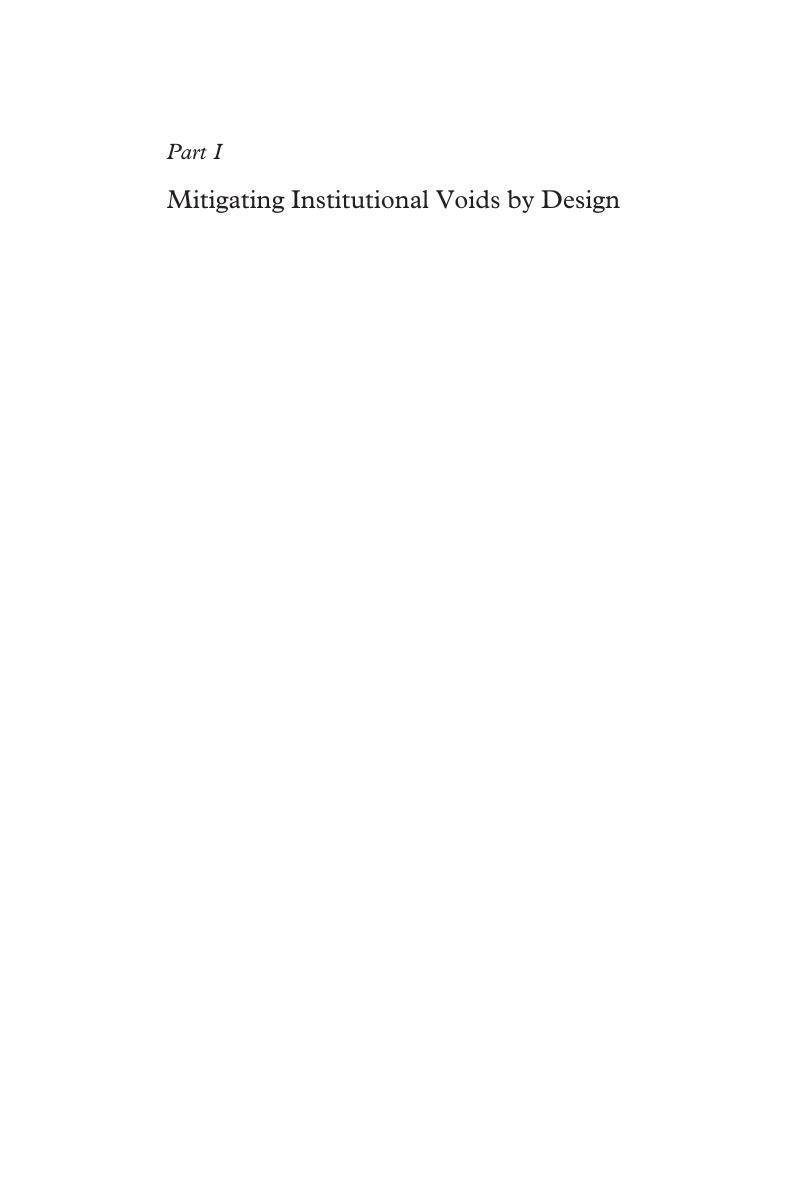Book contents
- Reviews
- Duality by Design
- Duality by Design
- Copyright page
- Contents
- Figures
- Tables
- Contributors
- Foreword
- Acknowledgements
- 1 Duality by Design: The Global Race to Build Africa’s Infrastructure
- Part I Mitigating Institutional Voids by Design
- Part II Exploiting Institutional Voids by Design
- Afterword
- Index
- References
Part I - Mitigating Institutional Voids by Design
Published online by Cambridge University Press: 14 November 2019
- Reviews
- Duality by Design
- Duality by Design
- Copyright page
- Contents
- Figures
- Tables
- Contributors
- Foreword
- Acknowledgements
- 1 Duality by Design: The Global Race to Build Africa’s Infrastructure
- Part I Mitigating Institutional Voids by Design
- Part II Exploiting Institutional Voids by Design
- Afterword
- Index
- References
Summary

Keywords
Information
- Type
- Chapter
- Information
- Duality by DesignThe Global Race to Build Africa's Infrastructure, pp. 31 - 312Publisher: Cambridge University PressPrint publication year: 2019
